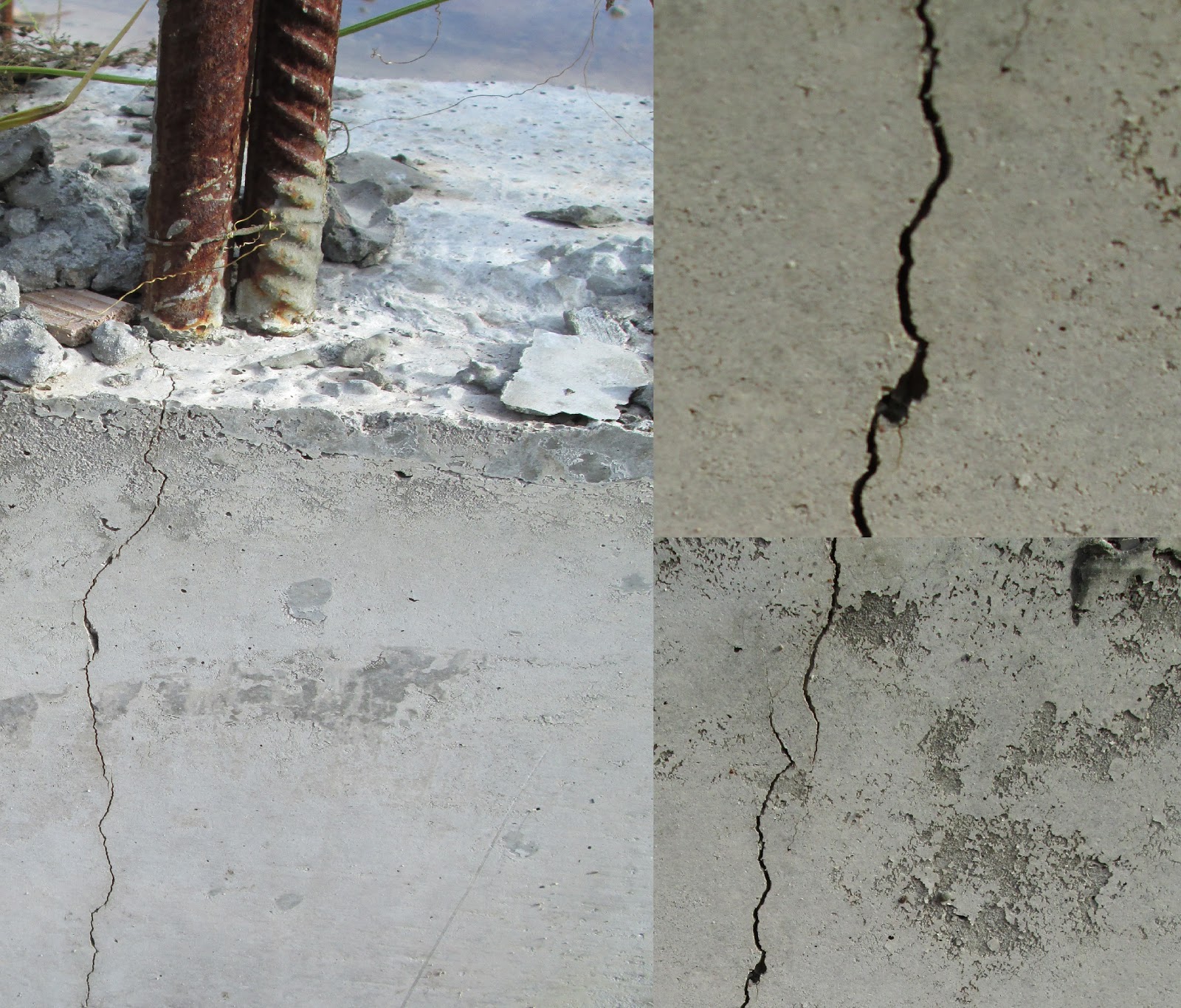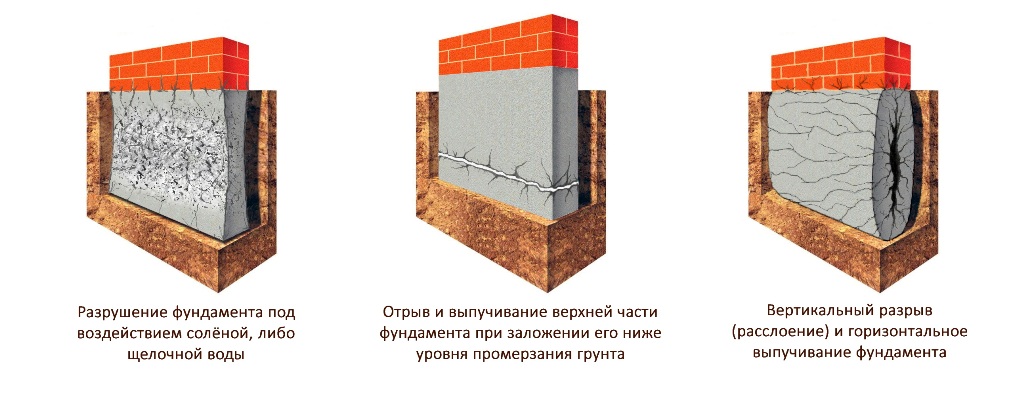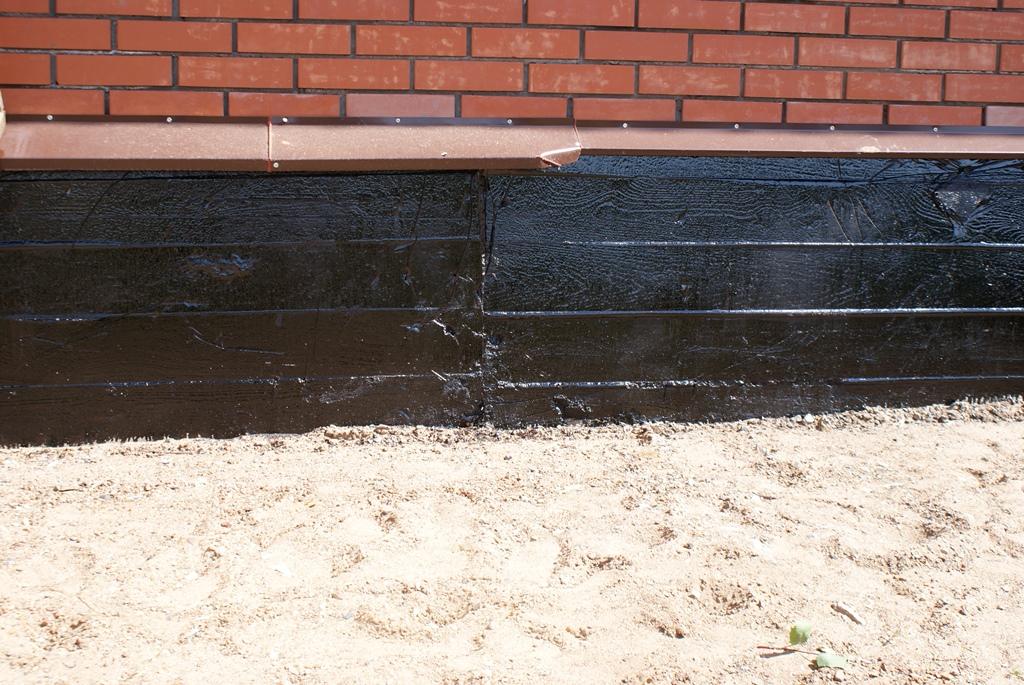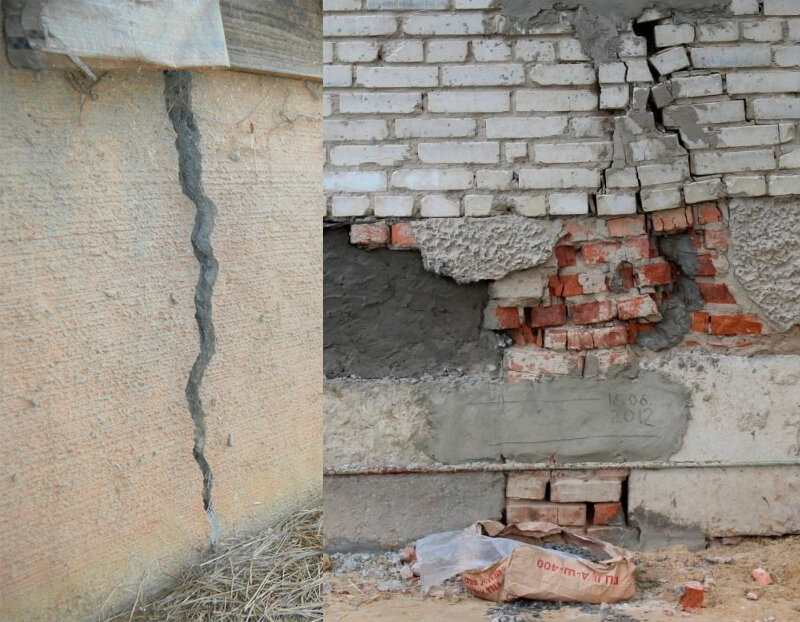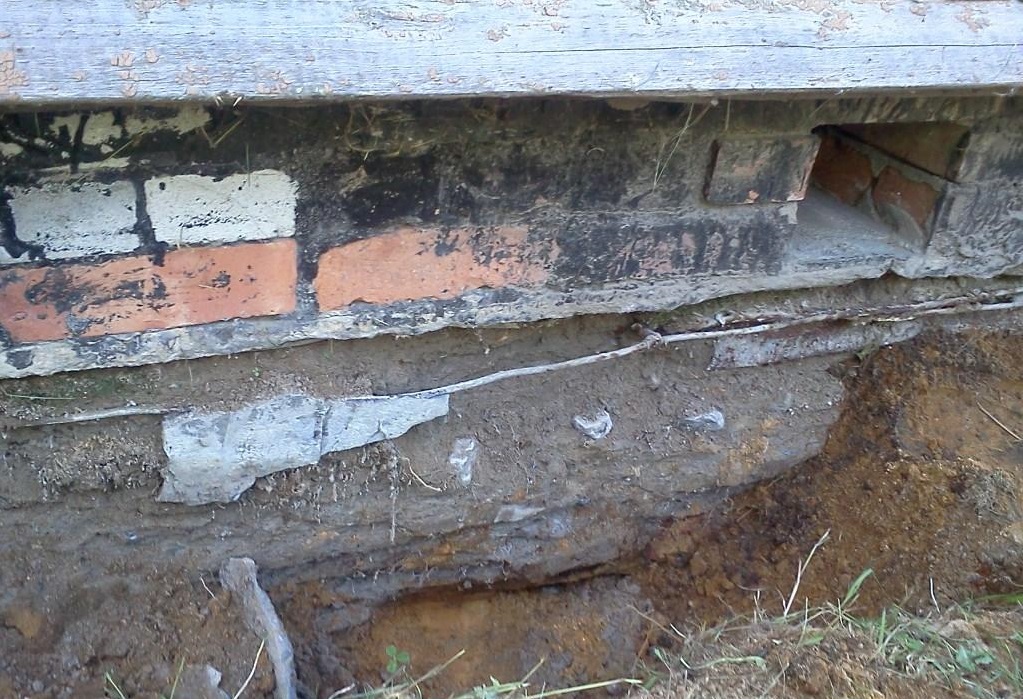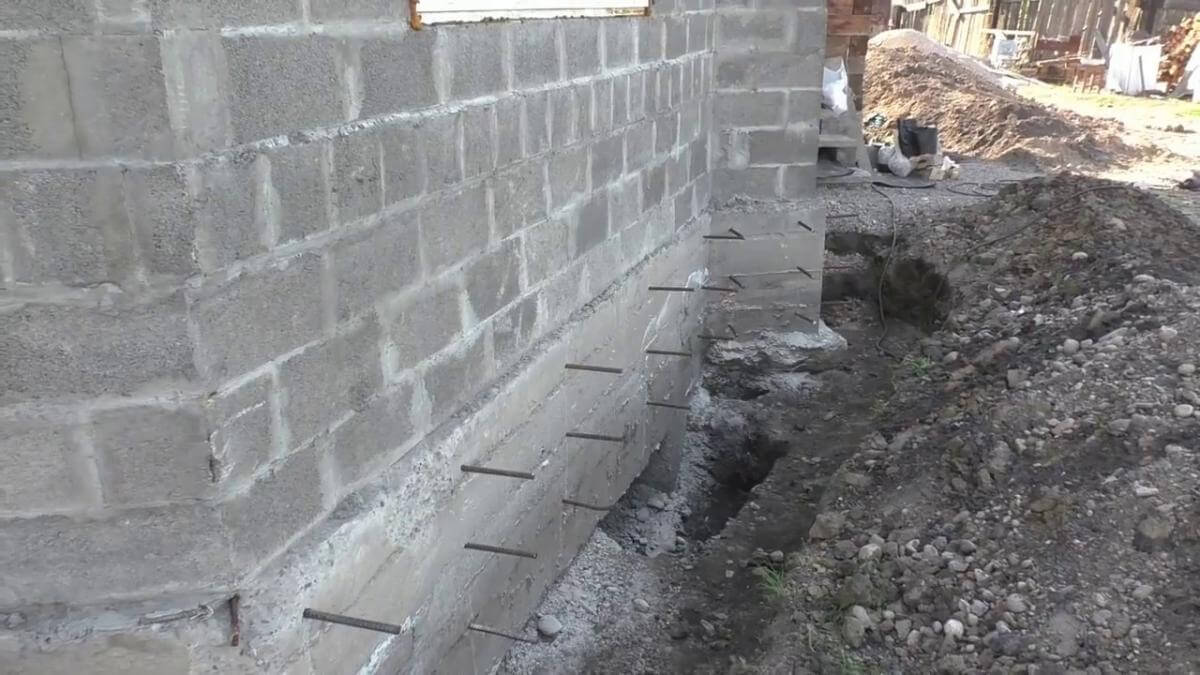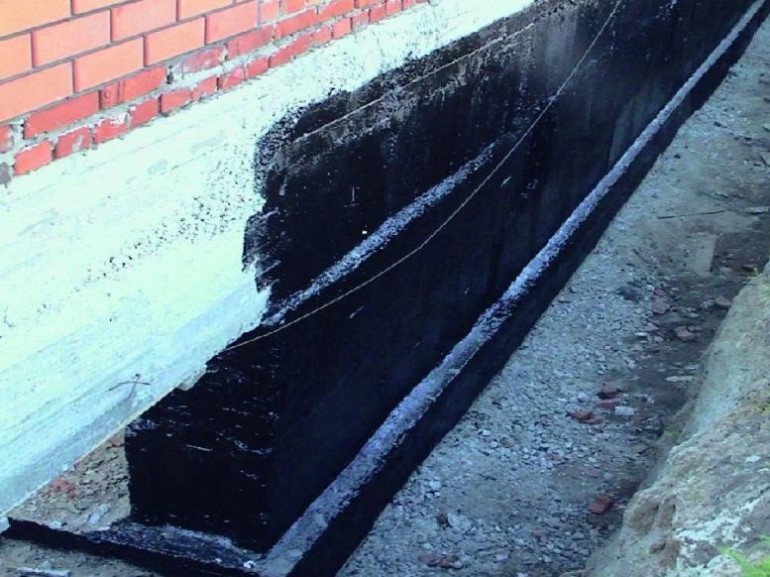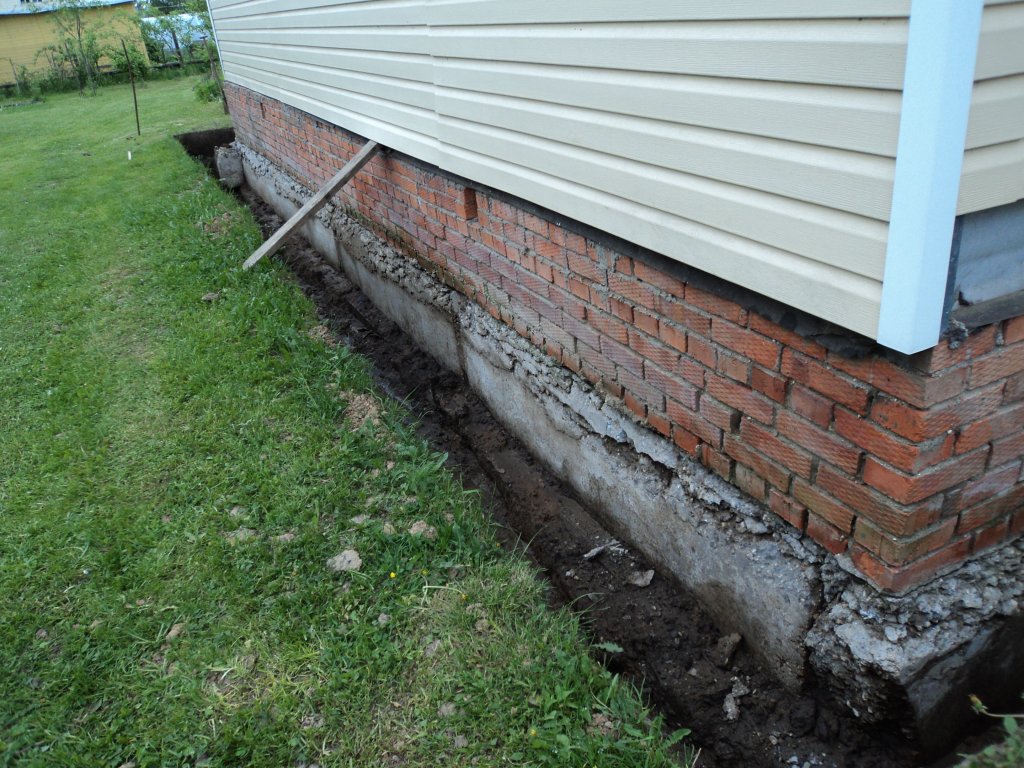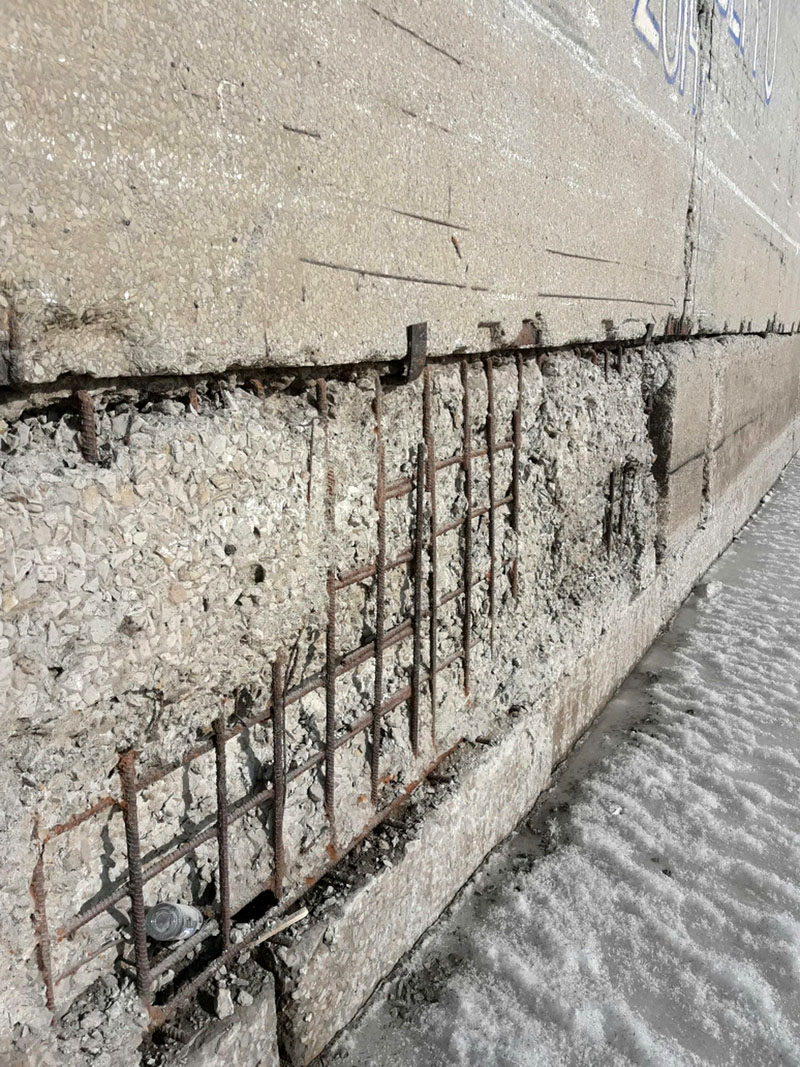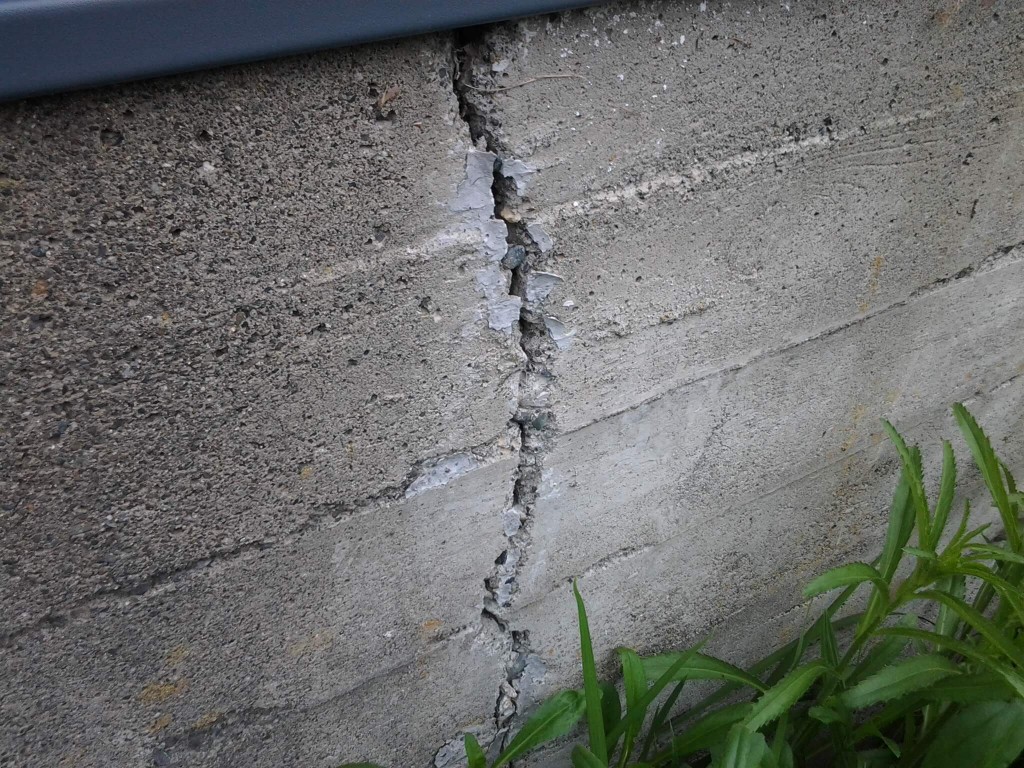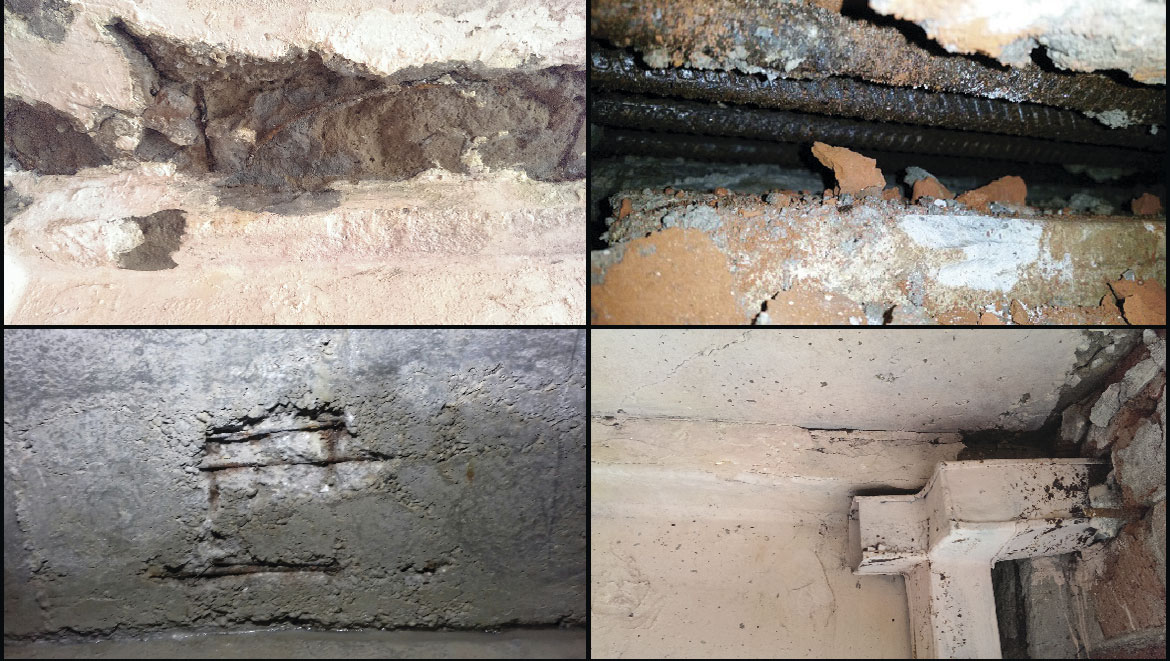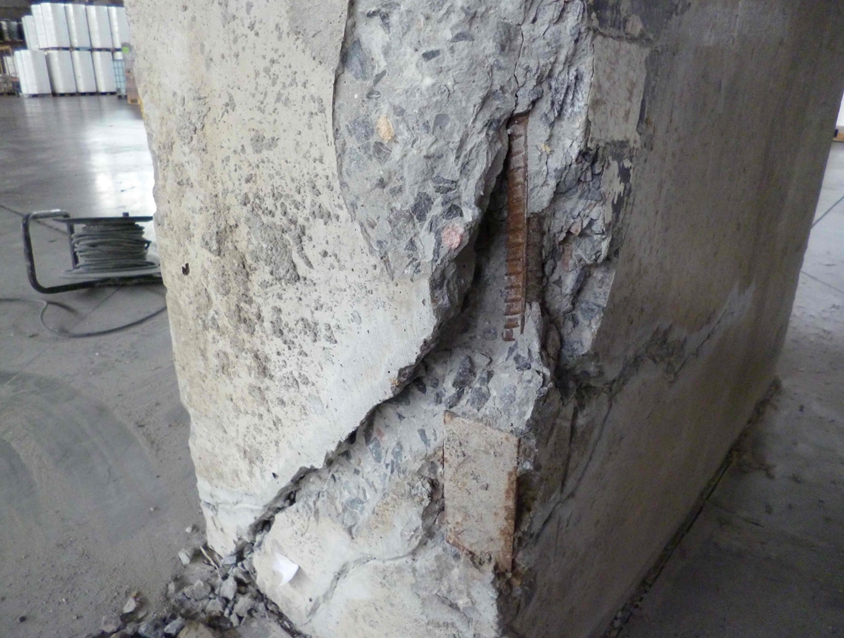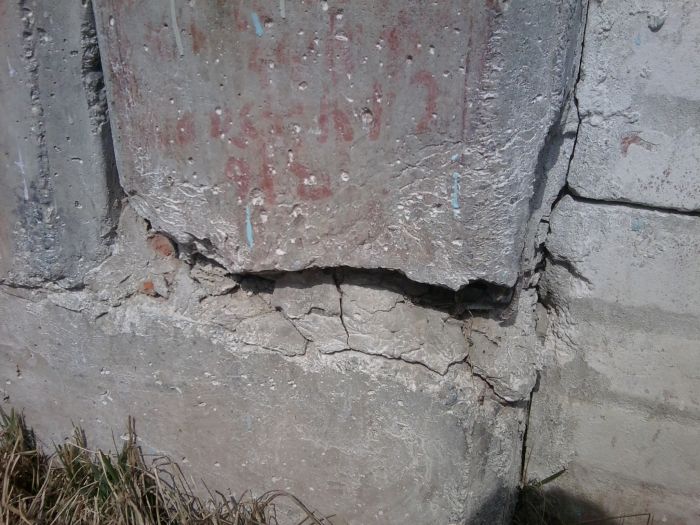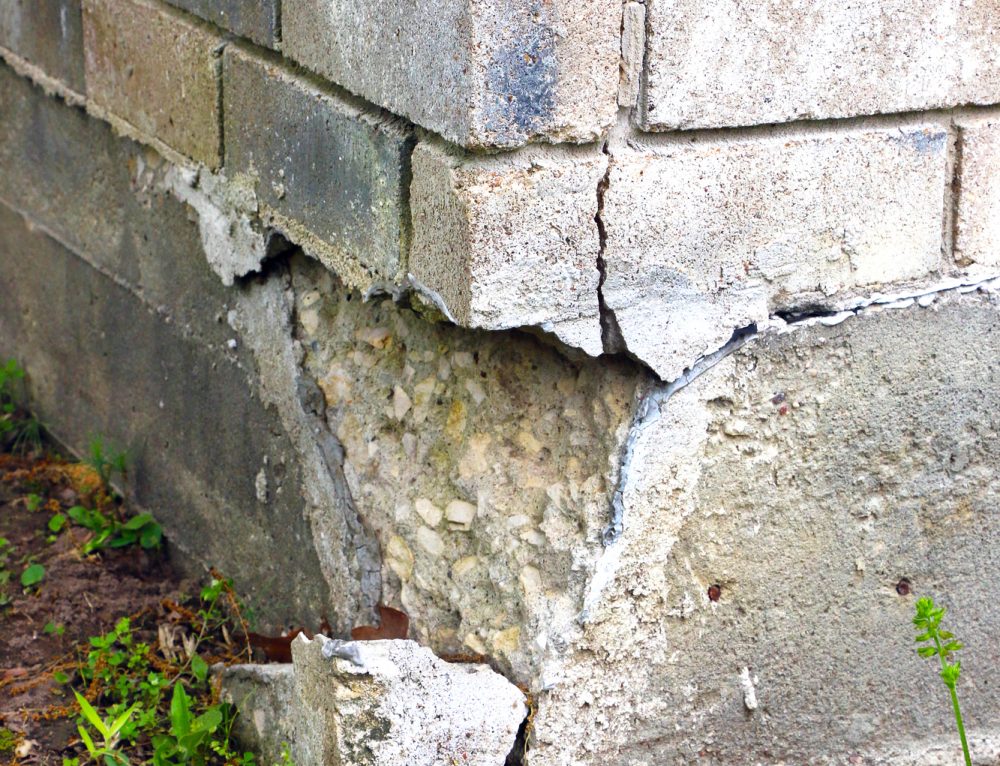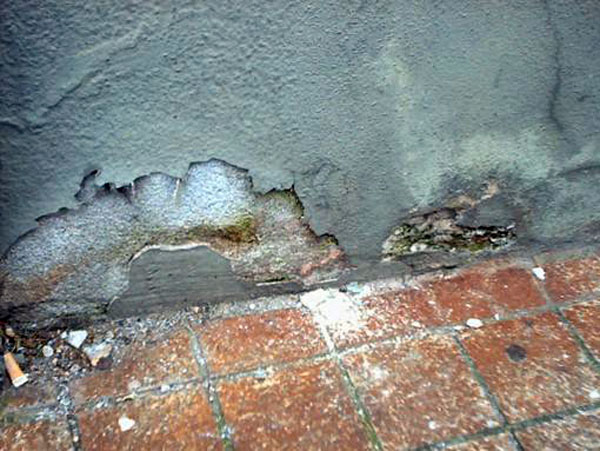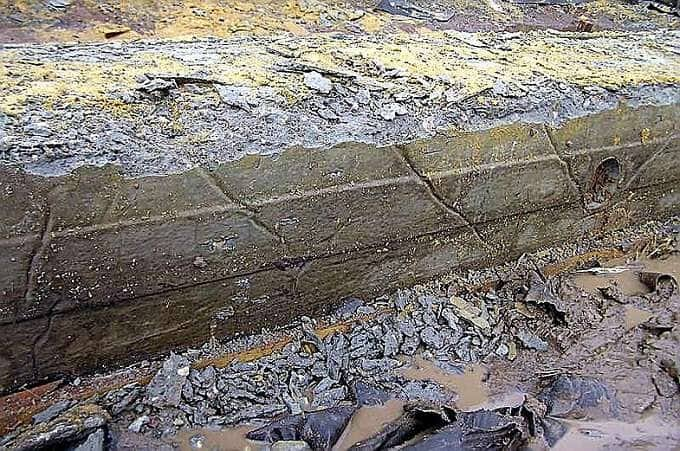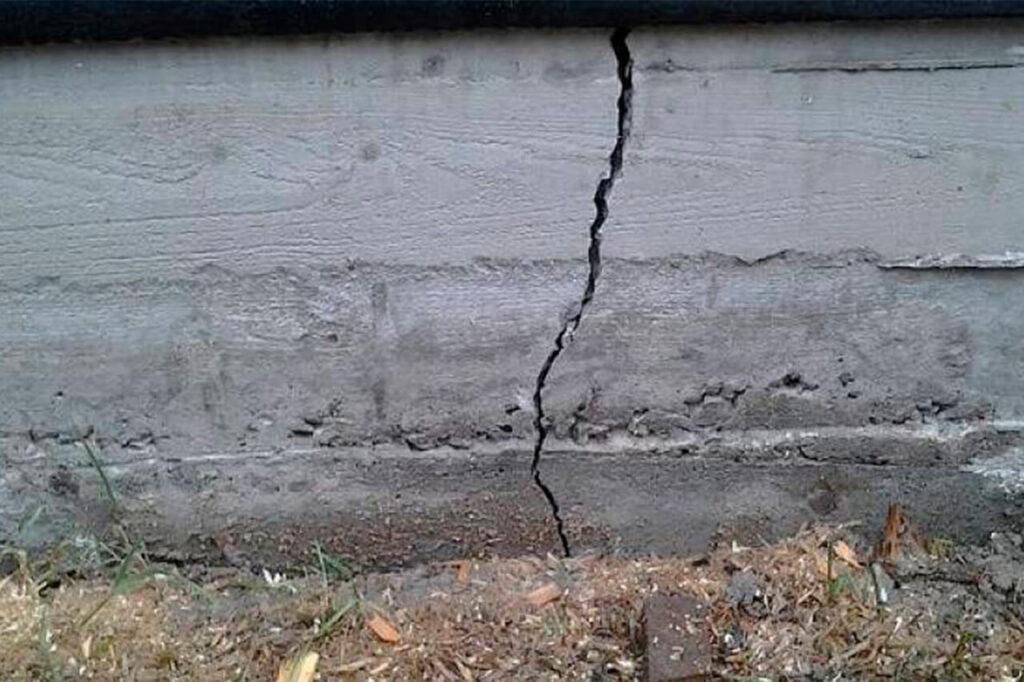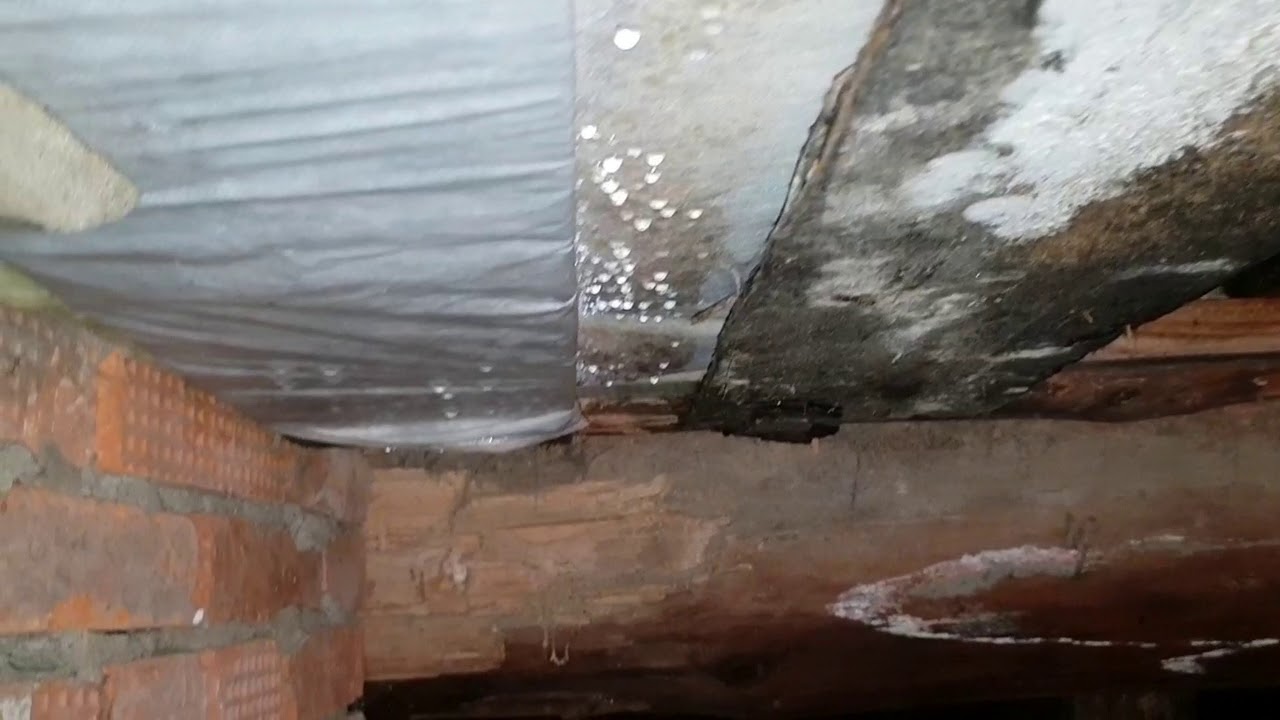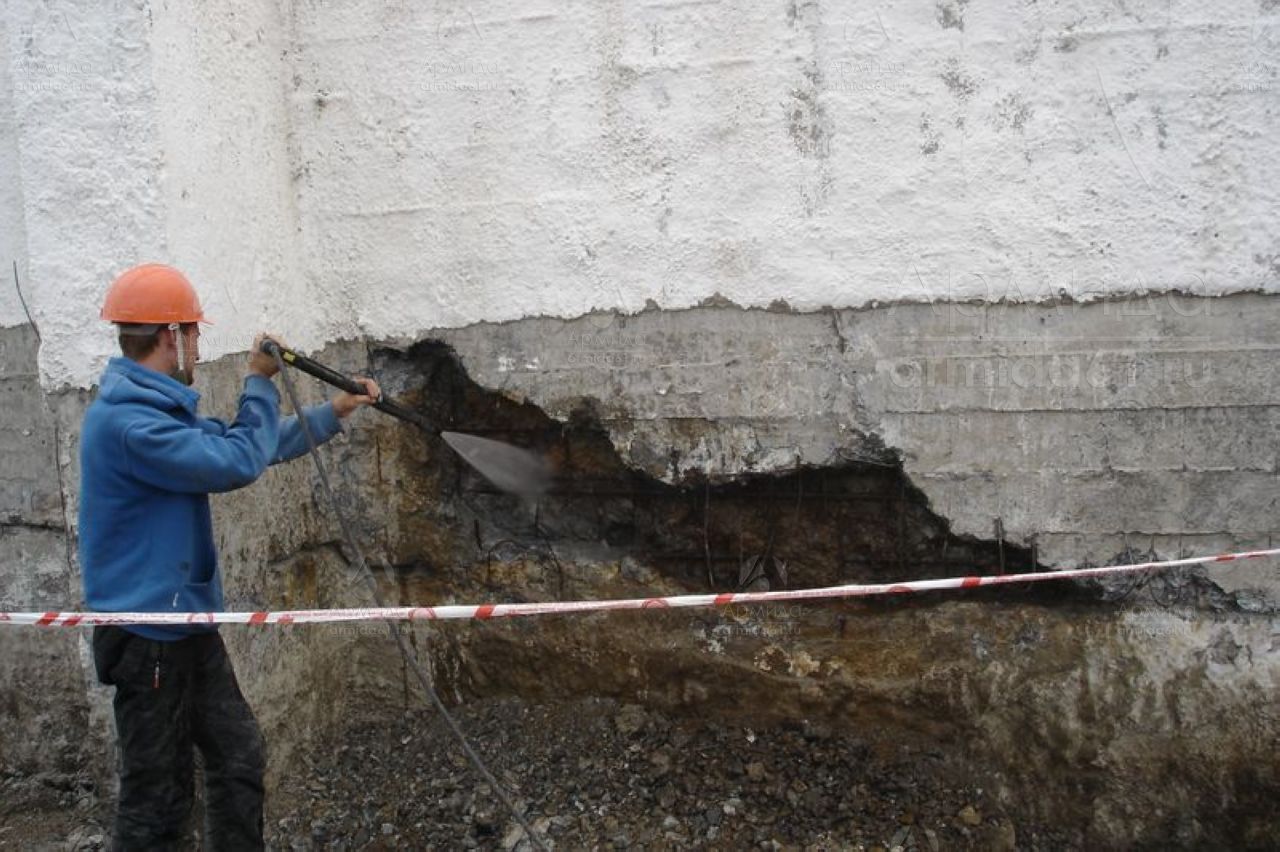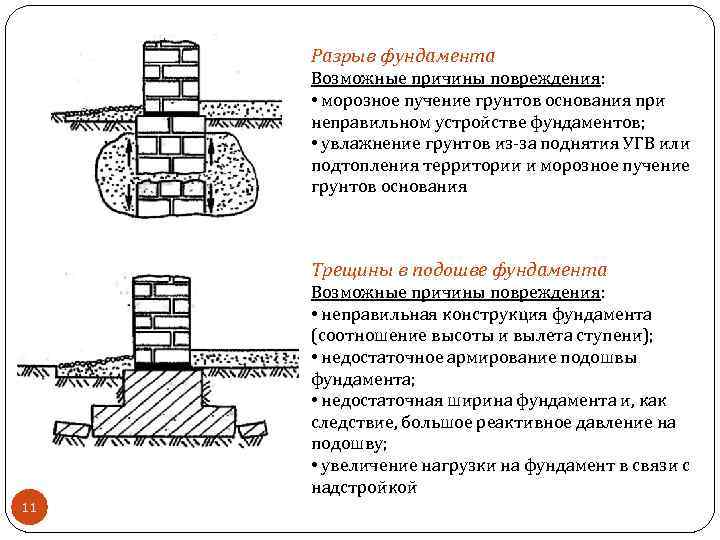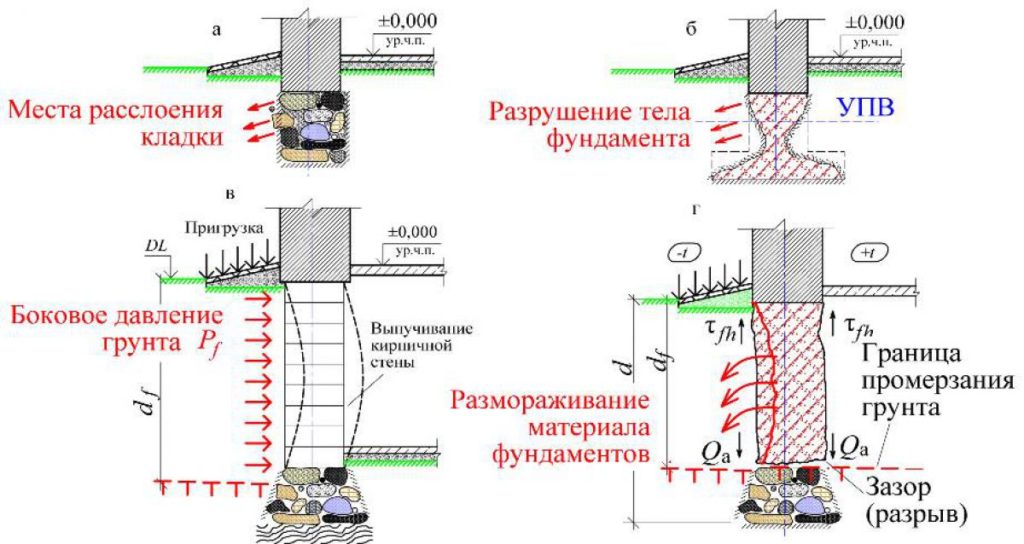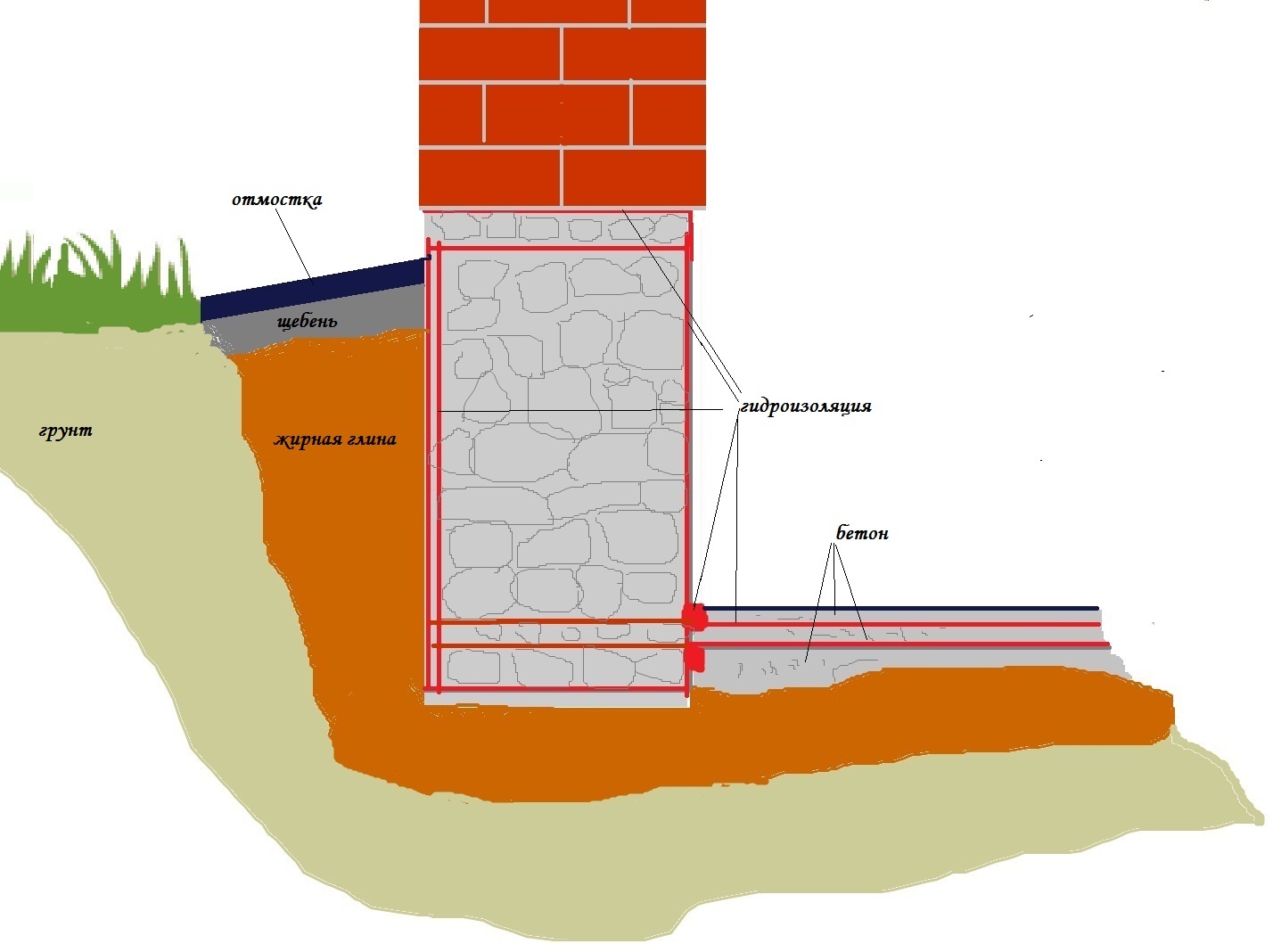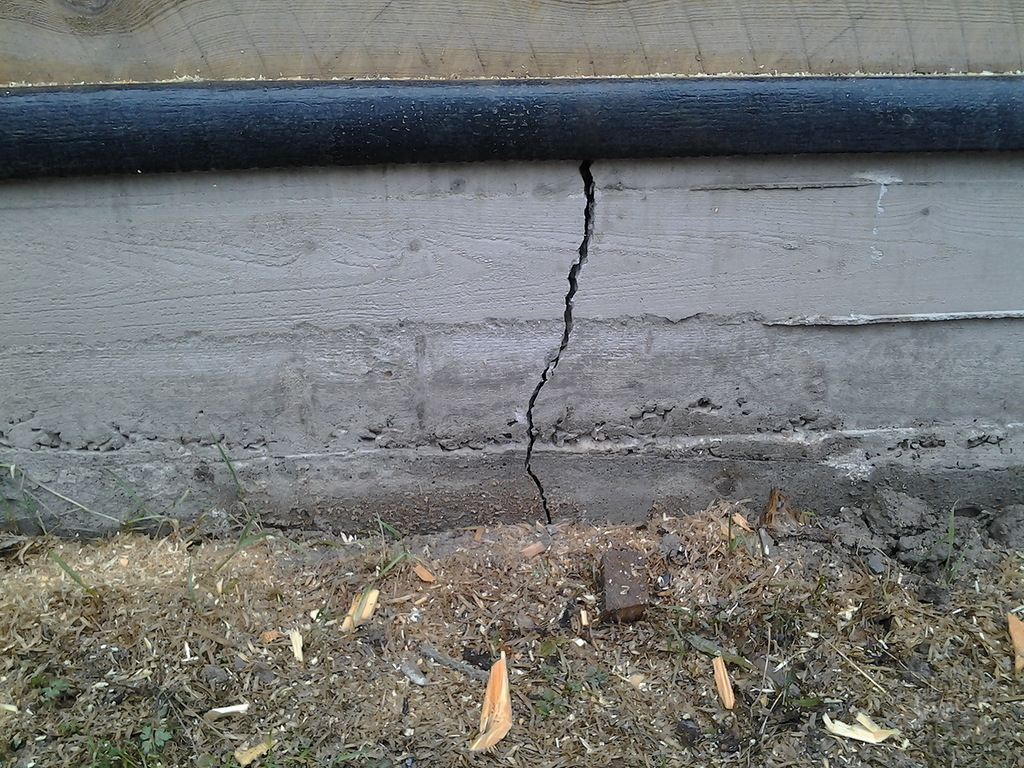Secondary protection of the foundation against corrosive factors
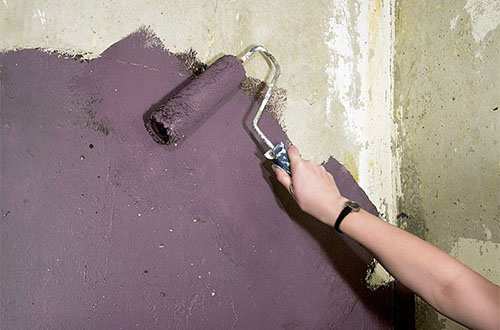
The simplest way to protect concrete structures from corrosion is painting. Such protection involves the application of special protective paints or varnishes to the outer surface of the base.
As a rule, impregnation is done here to the maximum possible depth, but there are many factors that affect the stopping of the process of concrete deformation. First of all, these are:
- Corrosion-resistant coating does not always guarantee a shutdown of the process;
- Without the presence of special inhibitors in concrete, the outer coating will not always be effective enough;
- The time factor plays an important role, because the internal corrosion of the metal cannot be stopped by coatings;
- The effectiveness of the impregnation depends on the composition and consistency, therefore it is recommended to use a liquid mixture for the deepest possible penetration into the material. On the other hand, the consumption of liquid mixtures is huge, and the viscous formulations are easy to apply, but the penetration is minimal.
Waterproofing materials
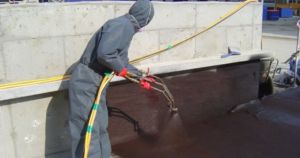 Application of penetrating waterproofing to the concrete base of the building
Application of penetrating waterproofing to the concrete base of the building
All protective materials are used even at the stage of foundation construction, so it is cheaper to install a protective layer and not use equipment to perform additional land work. For example, after the installation of the formwork, its surface is covered with a layer of roofing material with a width of at least 30 mm overlapping.
You can also use plastic wrap, but it's not effective enough. Then, a reinforced frame is installed in the formwork and the entire structure is poured with concrete. On the market for building waterproofing materials, you can buy:
- Wrapping waterproofing materials. These are roofing material, polyethylene film or polypropylene, techno-nicol and other roll materials. Their disadvantage is the use of bitumen in the base and the need for high temperature bonding.
- Lubricating waterproofing materials are special mastics and paints, they are applied with a roller, spatula, and form a strong polymer film. Their advantage is that during application the emulsion gets even into microscopic pores in concrete, fills them, squeezes out the air and crystallizes. Such coatings are capable of protecting concrete bases for at least 50 years with the correct technology for surface preparation and waterproofing. Their reliability is also due to the use of special fiberglass or fiberglass between layers of low fiber thickness.
- Plaster mixes. These are mineral-cement dry compositions that protect the foundation from getting wet. Often used as decorative plasters, they are frost-resistant and can withstand the effects of aggressive environments.
- Armoring waterproofing. It is often used to protect monolithic foundations; it is a special dry mixture of high-quality cement and silicates of complex structure. It is silicates that form a durable layer that can absorb huge volumes of moisture.
- Membrane waterproofing. It is used more to protect the most vulnerable points of precast concrete foundations - the joints between slabs. Polyurethane is applied to the material, where it hardens and forms an elastic membrane. Polyurethane can be operated at temperatures from -30 to +120 degrees, no other bituminous mastics can withstand such temperatures.
- Penetrating waterproofing. These are special liquid formulations that are sprayed under high pressure over the surface of the concrete foundation and form a strong crystalline protective belt.It is very difficult to destroy such waterproofing even by mechanical action, since it has a small thickness and high elasticity. It can be used both in new construction and in the treatment of old substrates, only first they need to be prepared for the application of the emulsion.
All waterproofing materials on the market must have maximum adhesion to the treated surface. Therefore, before applying bitumen, you must first cover the concrete with several layers of a special primer and let it soak. And only then can waterproofing be applied.
Protection principles

Applying mastic to a concrete base As a rule, the most severe destruction of concrete occurs through the effect of three key factors at once: moisture, electrolytes and frost. Therefore, concrete in the zone of soil freezing is subject to strong destruction; frost-resistant and moisture-resistant concrete mixtures should be used on such horizons.
An additional anti-corrosion treatment of the sole is also carried out, subject to its availability. Columnar structures are not treated with anti-corrosion compounds, here the problem can be solved only by choosing the right concrete and the presence of a high-quality waterproofing layer.
Thus, concretes in this zone are protected by two methods at once: internal structural change in concrete characteristics and external treatment. Only a combination of these methods can save the foundation from destruction.
It is recommended to carry out secondary treatment with expensive hydrophobic compounds, as well as polymer liquid mixtures. The main purpose of such protection is to fill air formations and concrete pores with compositions resistant to external aggressive media.
Also, in the process of applying the compounds, a strong protective film is formed on the concrete surface itself. The coating is used at the stage of laying the foundation or in the process of repairing it.
Coating type waterproofing technology
You can protect the foundation from the negative effects of soil moisture and groundwater using liquid waterproofing materials with your own hands, since this process is simple. A certain scheme is used to carry out the work.
Waterproofing technology
Surface preparation
Before applying any waterproofing material, a number of preparatory measures should be taken. To begin with, dust and dirt are removed from the surface, then a visual inspection is carried out, as a result of which the presence of irregularities and cracks is revealed. The protruding parts should be removed or reduced to a height of no more than 3 cm, the depressions are covered with cement mortar, the cracks are rubbed with a special compound. The protruding parts of the reinforcing rods are also removed, and the resulting voids are sealed with a cement composition.
Foundation priming
The primer is applied without fail on the surface of any foundation. This allows you to make the adhesion of the waterproofing to the treated surface more durable and of high quality. The type of primer is determined by the material to be used for moisture protection. Before applying bituminous mastic or organic-based composition, the surface should be treated with special primers on a similar basis. This type of primer can be applied with a paint roller, while corners or hard-to-reach places must be brushed. The primer must be thoroughly dried, which may take about 5 hours. After this time, you can proceed to the next stage of waterproofing the foundation.
We ground the foundation
For bitumen-polymer waterproofing compositions, it is recommended to use bitumen varnish as a base. It will increase the adhesion of materials several times. Apply the varnish with a brush or spray. In the latter case, the mandatory use of personal protective equipment is required.
Applying waterproofing material
After the primer has dried, the first waterproofing layer is applied. Most formulations are applied with a brush or spatula. If the working surface has a large area, then it is recommended to use a roller.
The mastic should be carefully spread over the surface, while avoiding the formation of gaps. It is best to do vertical brush strokes. If several layers are supposed to be applied, then each previous layer should dry well.
Waterproofing a foundation using liquid materials in the cold season requires heating the compounds to a certain temperature.
Surface reinforcement (if necessary)
If the coating type waterproofing is carried out on a newly erected foundation, then the surface requires reinforcement. The fact is that the new foundation has not yet gone through the shrinkage process, so cracking or deformation of the waterproofing layer is possible.
Fiberglass is used as a reinforcing material. The material is placed on the first layer of mastic and its complete impregnation is achieved with the used composition.
Wiping type waterproofing can be used as an independent or additional protection of the foundation against moisture.
This can be helpful:
- How to waterproof the foundation, if the house has already been builtWe perform waterproofing of the blind area around the houseHow to make a clay lock for the foundationHow to drain the foundation
Additionally, we recommend reading:
Tags: Waterproofing
Technologies: how to protect the structural base from getting wet
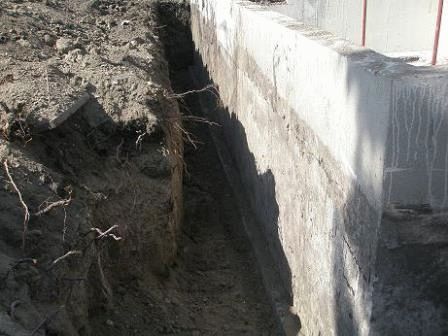
Protection of the foundation from moisture can be carried out using the arrangement of waterproofing. Its type is selected depending on the functional characteristics of the structure being built, the climatic characteristics of the territory and the underlying surface, which will become the basis for the house.
There are two types of waterproofing construction:
- horizontal;
- vertical.
The latter is mounted on the front side of the base of the structure. It is applied starting from the sidewalk or basement structure. This is how you can protect the foundation from the destructive action of soil waters.
The first, horizontal version of the waterproofing installation is made so that moisture does not penetrate into the basement area and does not destroy its walls. In addition, the treatment of the foundation from moisture protects it from the penetration of air currents, creating an unfavorable microclimate in the room.
The second design option, which will be discussed below, does not have this drawback.
Next, we will talk about how to protect the foundation from moisture using the method of hydrophobization. This is the process of processing the structure of the base of the structure with special means - organic silicon compounds, which must be diluted with water without fail. Water repellents are not only high-quality moisture-resistant materials, but also reliable protection of the foundation from dirt and dust.
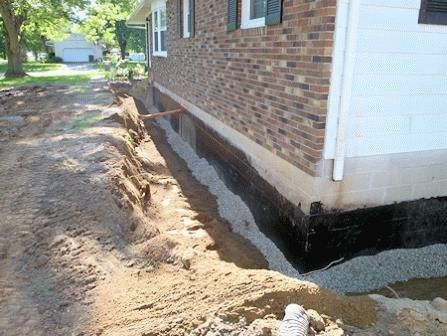
Using this method of processing the base of structures has the following advantages:
- walls that have been treated with high-quality water repellents are resistant to graffiti - no additional funds will have to be spent on repairs;
- significant frost resistance of structures;
- moisture-repelling agents "keep out" mold and mildew to the walls; the original color of building materials is preserved;
- water repellents can be applied even to a damp base.
The protective mechanism is characterized by the fact that after the procedure for covering the foundation with water repellents, a special moisture-resistant coating is formed, a kind of thin polymer film, it is tightly clogged into the pores, protecting them from the ingress of natural moisture. In addition, the insulation of the foundation from moisture is also very durable.
Processing technology: specifics of the procedure
This procedure can be carried out using ready-made solutions or their concentrate, which can be purchased at any hardware store.
In order to apply a special building mixture to a working cart, you will need quite affordable tools:
- wide brush;
- standard roller;
- spray.
Any of these devices will perfectly cope with the task of treating the base of the structure under construction with a waterproofing agent.
If the protection of the basement of the foundation from moisture is carried out using special concentrates, then first you should carefully study the detailed instructions attached to the building mixture, which clearly states how exactly it is worth diluting the product.
You can start working with the solution immediately, however, do not forget about the preliminary cleaning of the foundation from all dirt, dust, and other harmful plaque.
If, on the basis of the building structure, you find signs of rotting or mold, then you should definitely treat the surface with the use of antiseptics and special chemical compounds. If the walls are covered with loose plaster, they must be cleaned using mechanical movements.
Substance - water repellent must be carefully evenly applied to the foundation until a characteristic shine appears. If the base material is characterized by an increased degree of porosity, then the mixture is applied in two layers.

It is better to apply the water repellent in warm, dry weather - this way you will maximize the protective effect of the mixture.
It is important that a moisture-repellent mixture is the most acceptable answer to the question of how to treat the foundation from moisture, if such bases are available;
- construction concrete;
- wooden;
- metal.
Steel and iron elements, in addition to being protected from moisture, will gain "protection" from corrosive processes, and this, in turn, will have a positive effect on the strength of the foundation as a whole.
Surface treatment and repair
All of the issues discussed above are applicable to overhaul of load-bearing elements of concrete structures or severely damaged flat concrete structures. Contractors are sometimes hired to repair the surface layer of the concrete base, such as removing surface irregularities, bumps, edging, or improving the appearance of concrete that is structurally sound. An owner may want to remove and replace worn or unwanted flooring or refurbish or replace concrete flooring.
There are a number of specifications for the repair of concrete structures that describe various technologies for the preparation of concrete surfaces - cleaning with detergents, cleaning with low pressure water, acid etching, grinding, sandblasting, shot blasting of reinforcement, loosening, surface cleaning with a high pressure water jet, chipping, flame cleaning, milling, etc.
Penetrating waterproofing
This type of composition protects concrete structures from destruction. It is used at different stages of construction: during the construction of the foundation, as well as in cases when it is planned to carry out repair work to restore the foundation of the object. Protection of the walls of the basement of the house is ensured by applying penetrating solutions. This activates the process of modifying the properties of the processed material.
Such formulations contain chemical additives. After their application to the surface, the moisture-protective layer is formed not outside, but inside the foundation. These solutions are able to penetrate to a depth of 12 cm relative to the outer surface of the base, where the active substances crystallize, closing the pores. As a result, concrete loses its absorbent capacity and becomes water-repellent.
Penetrating formulations have many positive qualities:
- the treated surface of the foundation does not lose the ability to "breathe";
- resistance to low temperatures increases;
- it is permissible to apply the solution to a damp structure;
- there is no need for preliminary leveling of the foundation;
- the base of the house is strengthened, since the reinforcing frame inside it does not corrode.
Concrete acquires such a property as watertightness after processing the entire surface or point introduction (injection) into cracks or other leaks in the foundation structure. However, penetrating compounds should not be used as the main measure. They show high efficiency only along with the use of other types of insulation. So, it is permissible to simultaneously use coating and pasting materials.
This type of coverage has limitations. So, penetrating compositions cannot be used for processing porous materials (foam and aerated concrete), since they are characterized by a larger pore size than classic concrete. The considered waterproofing option is not recommended to be applied to brick walls. In this case, it may be ineffective. Penetrating insulation is not used to protect the foundation, which is erected from concrete blocks (joints are weak points).
Types of concrete corrosion
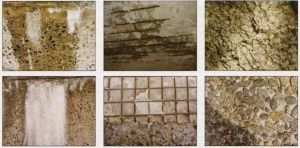 Corrosion processes in concrete
Corrosion processes in concrete
- First view. The destruction of concrete occurs due to the effects of various aggressive media contained in the groundwater. Due to the corrosion of the upper surface of the foundation, the cement mortar slowly dissolves. Also, groundwater may contain hydrocarbonate, which is soluble in water, but at the same time it has a strongly alkaline reaction and negatively affects the sand of concrete. If the influence of groundwater occurs in winter near the border of the freezing zone, then there is practically no chance to save the foundation.
- With another type of corrosion, chemical metabolic reactions occur, in which the filling of the foundation slowly dissolves, as well as the destruction of the reinforcing layer. Therefore, it is strictly forbidden to add machine oil or various saturated fats to them when pouring concrete using concrete mixers.
- The most dangerous is the third type of corrosion. It occurs in the process of replacing concrete salts with metabolic products, for example, sea water. In such cases, there is a mechanical expansion of the concrete pores, destruction of the bearing layers and filling with hydrates. In most cases, this is a classic stage of destruction due to sulfates and carbonates, and the corrosion rate of concrete depends on its porosity, grade and permeability.
If we take into account all the possible types of concrete deformation, then it immediately becomes clear that the key medium due to which the destruction of the base occurs is groundwater and rainwater.
You also need to initially build a base with a sole below the boundary freezing zone.
What is internal foundation protection
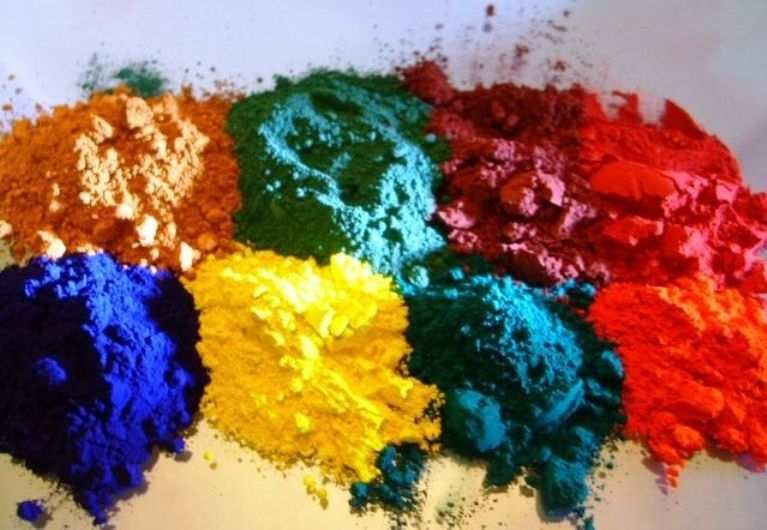
Various additives to the concrete mix It is done at the stage of laying the future foundation. As a rule, the essence of protection is the correct choice of concrete mix, as well as an increase in its characteristics by adding special ingredients.
Nowadays, chemical modulators are popular, and it is recommended to buy and use them judiciously. For example, lignosulfonate is used to protect concrete from groundwater with a high sulfate content.
Also, the destruction of the cement base can be stopped using amorphous silica. This is a common modified sand, produced by chemical methods and is characterized by high hygroscopic properties.
Silica in concrete replaces calcium oxide and forms silicates that are resistant to acids and alkalis.And the use of electrolytic additives accelerates the process of concrete hardening and the set of brand strength by it, neutralizes oxides.
In the construction of foundations, where it is necessary to obtain high structural strength below the depth of soil freezing, chemical additives with a plasticizing effect are actively used.
Mylonaft improves waterproofing performance and frost resistance, and sulphite-yeast mash promotes rapid hardening. The organosilicon solution GKZH-94 increases frost resistance three times at once.
We will discuss how to process a monolithic foundation for waterproofing: materials and methods
There are two ways to protect reinforced concrete from the harmful effects of moisture:
- With the help of special chemical additives to the concrete mixture. Such a base is not subject to destruction under the influence of moisture, but you cannot make a solution on your own - you need a special preparation method. Therefore, we will not consider this option here.
- Creation of an additional hydrophobic layer for waterproofing the monolithic plane of the foundation of a residential building using mastics, powders, roll or sheet material.
In construction, two types of waterproofing of the basement are distinguished: horizontal and vertical. The first option protects walls and floors from capillary penetration of moisture, and the second implies the organization of a protective layer along the entire vertical plane of a monolithic slab,
or pile base. Typically, both types are combined into one waterproof building system.
If, for some reason, it is decided to protect the base from moisture after its construction, then you can use the following materials:
-
Coating
- polymer and bitumen mastics or emulsions, which are applied with a brush, spatula or spray. -
Oleechnye
- sheet or roll waterproof material, installation of which is carried out with or without a gas burner. -
Plastering
- mineral-cement compositions with additives that increase the degree of hydrophobia.
Insulating the horizontal planes of the plinth
One of the main purposes of this method is to provide walls with moisture protection. To achieve this goal, a dense roll material is usually used. Roofing material is recognized as the most budgetary option, which is laid in several layers with a bitumen coating.
At present, the question of how to process the foundation of a building for waterproofing is not particularly difficult. Modern insulators, for example, from the Technonikol line, are superior to traditional roofing material in many respects. In such materials, there is no base, and the high quality of the bitumen-polymer mixture increases its flexibility.
Additional measures: arrangement of a drainage system
If there is a high level of groundwater in the area and low permeability of the soil, it becomes necessary to drain excess moisture into a separate well. The system implementation technology is as follows:
- Around the perimeter of the object, at a distance of 0.7 m from the basement, you need to dig a trench 0.3-0.5 m wide. Its depth depends on the groundwater level.
- The slope of the trench is made towards the collecting tank.
- Lay geotextiles at the bottom of the trench, wrapping the edges 0.8-0.9 m onto its walls.
- Fill up crushed stone or gravel with a layer of 5-8 cm along the entire plane of the trench.
- Lay drain pipes with a slope of 5 mm for each running meter.
- Fill the pipe with gravel with a layer of 20-30 cm, having previously drilled it.
- Wrap the edges of the geotextile and fill the trench with soil.
The drainage system is allowed to be done after the construction of the building.
Competent organization of the blind area is also important.
Waterproofing
The choice of waterproofing method depends on the purpose of the building under construction and the type of foundation.The climate of the region and the characteristics of the soil are also taken into account, only a correct calculation can guarantee the reliability of the chosen option. Waterproofing can be vertical or horizontal. Vertical waterproofing is provided on the outside of the foundation. At the same time, it is correct to apply it to the level of the blind area or sidewalk. Thus, the foundation will be protected from groundwater. Horizontal waterproofing is performed to protect the basement walls from moisture. It is from the water that penetrates from the bottom of the foundation. This happens through the capillaries of the materials used in the construction. In any case, waterproofing forms a protective layer that prevents water from penetrating into the structure of the building material.
In addition, waterproofing also prevents the penetration of air, which worsens the microclimate of the room. In the second method from moisture, these disadvantages are not.
Horizontal waterproofing
Horizontal waterproofing of the foundation is needed to prevent moisture ingress. The foundation is made of porous materials and therefore absorbs water. If the wet surface is frozen, there is a risk of cracking. A moist foundation promotes the growth of fungi and mold. If you correctly make the insulation from moisture horizontally, then you can prevent the negative consequences of moisture penetration.
Types of waterproofing:
- roll, is made before the erection of walls by pasting or floating on a prepared surface;
- impregnation, done during the construction of a building or its direct operation.
Oleechnaya waterproofing
To perform gluing waterproofing, you need a device that levels the screeds. It is made from a mixture of sand, concrete and a special filler. Insulation material - roll, based on polymers or bitumen.

How is glued waterproofing done:
- the surface is leveled with a screed, to which additives are added to increase the resistance to moisture;
- the screed is primed with a bitumen or water based primer. After the primer has dried, mastic is applied;
- if roll material is selected, then it is laid on the mastic before it dries. When the material has a sticky layer, it is better to lay it after the mastic has dried. For fusion insulation, a propane torch is needed to heat the material and roll it over the surface;
- materials are applied in several layers;
- for a room with a basement, waterproofing is applied under the base of the foundation - in the place where the basement ends. If the building does not have a basement, waterproofing the foundation from the walls is sufficient.
Penetrating horizontal foundation waterproofing
Lubricating penetrating insulation from moisture is made from a solution of cement and chemical activators. The solution crystallizes when interacting with the concrete surface and forms a moisture-proof layer.

How is coated waterproofing done:
- the foundation is cleaned, dirt is removed;
- cement solution is mixed with water, chemical activators and filler;
- moisten the concrete surface;
- cement solution is applied;
- leave the surface for 2-3 days - until the solution is completely dry.
Foundation injection waterproofing
Injection waterproofing is the saturation of the foundation with a gel solution through special holes. The solution penetrates to a depth of 0.5 meters, upon contact with water, it swells and closes the holes so that moisture does not penetrate the foundation.

How to make injection waterproofing:
- from the inside, the surface is cleaned of dirt;
- the number of holes and their placement are calculated. The location is chosen such that it turns out to pour a continuous layer of mortar under the foundation;
- holes are drilled at an angle, then special nozzles are inserted for pouring the solution;
- with low pressure pumps, polymer gel is pumped into the holes;
- remove the nozzles and seal the holes with cement.
Horizontal waterproofing of all types is highly effective, but vertical waterproofing should also be done for maximum protection.
Conclusion
When cold weather sets in, most builders seriously think about how to optimally protect the foundations of structures from the process of exposure to a humid environment. This issue is especially relevant if the base is made of mineral raw materials - brick, natural stone, and also covered with a thick layer of special finishing plaster.
Such compositions have an excellent ability to penetrate deeply enough - up to 20 mm - into structural building materials, and at the same time provide their reliable protection from getting wet.
This technique is appropriate as an alternative to rather expensive complexes for facade insulation, and, at the same time, helps to permanently solve the problem associated with ever-damp walls in already new houses.
The moisture-proof impregnation is applied to the foundation in several layers using such special tools as a spray gun or a wide brush. The surface must be allowed to stand for 24 hours, after which it becomes hydrophobic.
It is simple to process the base of the structure with special means on your own - this does not require additional skills and complex technical devices from the builder. In addition to the fact that the water repellent protects the foundation from moisture, it also plays the role of an antiseptic, which protects the structural base of the structure from harmful biochemical agents.
Waterproofing is what will help the foundation to serve for a long time, and will provide the house with strength, reliability and stability.
If the question is being decided how to process the basement of the foundation from moisture, different types of materials are considered for vertical, horizontal protection. They differ in structure and properties. Waterproofing is carried out on the outer and inner walls of the base of the house. In each case, different technologies are used to protect the structure.
With the help of moisture-resistant materials, the strength of the base of the house is increased. To improve the properties of the foundation, it is recommended to cover the inner and outer surfaces. The outer walls of the base of the object are more susceptible to the negative effects of precipitation
For this reason, special attention should be paid to these sections of the foundation. Installation of vertical insulation is carried out on the outer walls
Protection of the basement from moisture is made using different types of such materials:
- coating: bituminous mastics, polymer compounds, cement-based mixtures (combined);
- coloring (waterproofing paints) - are applied over the plastered wall, which means that other types of insulation must be laid inside the structure (between the foundation and the layer of plaster);
- lining: roofing material, roofing felt.
Only roll materials are used as horizontal waterproofing. This is due to the fact that the coating analogs are not strong enough. Horizontal moisture-resistant coatings are used to protect living quarters from moisture penetrating from below: they are laid on platforms between the foundation and the outer surface of the basement floor. Such work is part of the construction of the facility from scratch. If the building is already ready, horizontal insulation will not work.
Installation of moisture-resistant material outside the base of the house in most cases is carried out during the construction phase. However, if such a need arises, you can isolate the foundation on the outside. To this end, the plaster layer is removed, the rough surface is restored and the waterproofing is installed, after which the finishing is performed. At the same time, a drainage system is being set up along the perimeter of the foundation.
Internal waterproofing can be performed both at the stage of building an object from scratch, and after the end of construction, during repair work. At the same time, different types of materials are used: roll, coating. Considering that the negative effect of moisture and mechanical stress in the room is less intense, it is permissible to use coating insulation.

